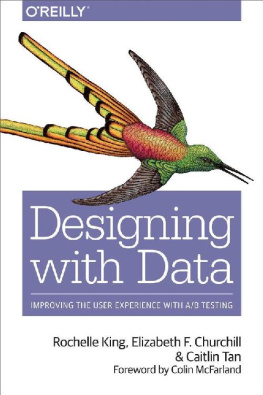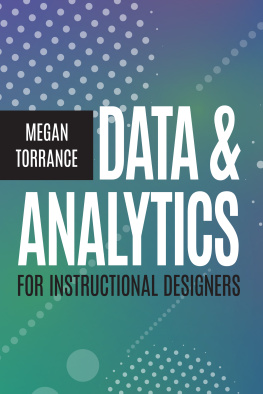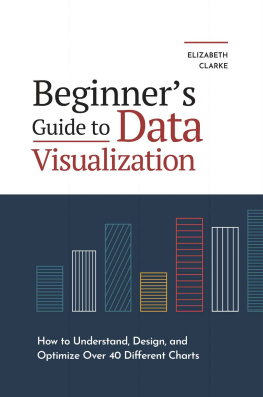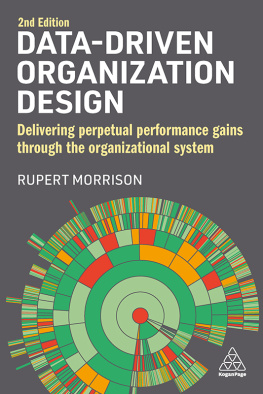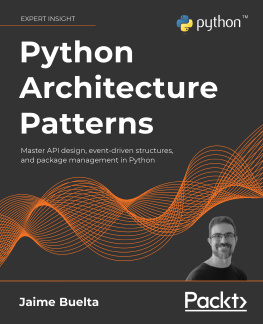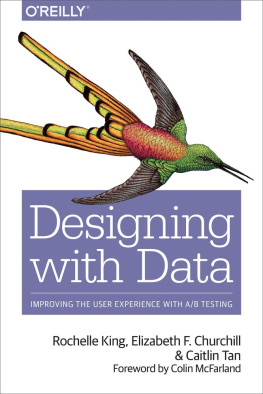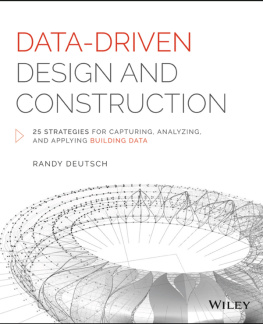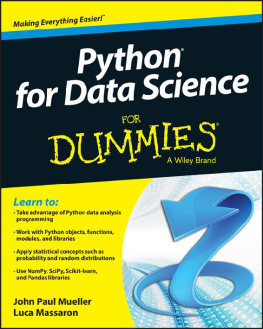Designing with Data: Improving the User Experience with A/B Testing
Rochelle King
Elizabeth F Churchill
Caitlin Tan
Beijing Boston Farnham Sebastopol Tokyo
Special Upgrade Offer
If you purchased this ebook directly from oreilly.com, you have the following benefits:
- DRM-free ebooks use your ebooks across devices without restrictions or limitations
- Multiple formats use on your laptop, tablet, or phone
- Lifetime access, with free updates
- Dropbox syncing your files, anywhere
If you purchased this ebook from another retailer, you can upgrade your ebook to take advantage of all these benefits for just $4.99. to access your ebook upgrade.
Please note that upgrade offers are not available from sample content.
Praise for Designing with Data
A clear, approachable and common sense guide to mastering data-driven design a skill set that is becoming mandatory for the 21st century designer. This book is an invaluable contribution to our profession.
KHOI VINH, PRINCIPAL DESIGNER, ADOBE, AND DESIGN WRITER, SUBTRACTION.COM
King, Churchill, and Tan have produced a magnificently accessible introduction to designing modern software products with data. The authors sail through concepts in statistics that arent weighed down in math, and instead are grounded in real-life examples from top companies like Netflix and Airbnb. Building on a deceivingly simple model of designer/user behavior, this book will make a designer able to wield key concepts that are now being integrated in the tech industry from the social sciences and modern data science.
JOHN MAEDA, GLOBAL HEAD, COMPUTATIONAL DESIGN AND INCLUSION, AUTOMATTIC
A/B testing is becoming an essential component of digital product development, and its vital for designers to embrace it as a tool of their trade. This book provides the perfect introduction to it and gives practical advice for how to apply, execute, and analyze A/B testing successfully.
MARTIN CHARLIER, PRODUCT MANAGER, UNMADE, AND COAUTHOR OF DESIGNING CONNECTED PRODUCTS
As an elegant, informed blend of concrete case studies and rigorous knowledge about data analysis, this book not only will help design practitioners familiarize themselves with A/B testing, but will also provide an approach to integrating data and analytical methods into the overall design and development process.
NALINI P. KOTAMRAJU, HEAD OF USER RESEARCH & ANALYTICS, SALESFORCE
Foreword
This book offers a simple but exciting promise for anyone involved with the design of internet products:
If you compare what you think should happen (in theory) to what actually happens (in reality), you can better understand how your work changes user behavior.
This book is your training camp to getting started using data designs often overlooked but essential companion to improve your work. You can augment this approach with your existing design practices to amplify the impact of each design: from identifying the problem you are solving, to designing for experimentation, to learning from the data.
Whats unique about this training camp are the field guides at hand: not only your authors sharing experiences from the worlds leading data-driven organizations, but also the contributions from many practitioners offering you the advantage of their standard practices, case studies, and hard-fought lessons from designing with data every single day.
COLIN MCFARLAND,
HEAD OF EXPERIMENTATION AT SKYSCANNER
Preface
Design and Data: A Perfect Synergy
T HE MYTH OF THE genius designer, someone whose instincts and intuition lead to great design decisions, is a popular one. This seductive myth can lead some to conclude that design is never grounded in data, that design is never an empirical discipline, and that design practice stands in opposition to data and data sciences.
We understand where this myth comes from. On the surface, data science and design practice are not obviously compatible. Design philosophy and practice emphasizes empathy with users, and the creation and crafting of artful user experiences in the form of effective products. For some designers (and for many outside the design world who valorize design as inspired genius), design is a nonlinear, exploratory journey. It is a fundamentally human, fluid, and creative process, unlike the procedures and rigors of science. Design is emotional. Design cannot be articulated as a set of procedures or steps to be followed. Design cannot be rationalized and constrained. For some, incorporating data into the design process is a cause for concern.
Some concerns we have heard expressed include:
- Data undermines and undervalues the designers intuition and experience
- Data stifles creativity and removes the art from the design process
- Data dehumanizes the design process, reducing human experience and design evaluation to just numbers
- Data overemphasizes minutiae and optimization of small variations in the design
- Data enslaves you believing in data as way to evaluate designs takes the power away from design as a practice
On the other side, proponents of design through experimentation and data science value measurement. Some see data as rational, and numbers as irrefutable. Data science reveals the truth data science is a proceduralized, scientific endeavor where rigor leads to irrefutable results and therefore to certainty. Data science is a trustworthy and precise craft. This view is reinforced by the increasing fascination with measures and metrics for business, commonly referred to today as big data. An extreme view is that large-scale experiments can be run to gather data from millions of users to answer all design questions and that such analytics can, therefore, replace design. Under this view, font types, colors, and sizes, and questions such as Should we have a blue or a red dialogue box?, Do people engage more with a list or a carousel?, or Does a wizard help with new user onboarding flow? fall under the purview of data science and not design practice. This could be characterized as Let the crowd speak with their clicks, and what emerges will necessarily be the best design.
We deliberately present these extreme positions to illustrate a point. We believe that the extreme views we just outlined draw a false dichotomy between data and design. In reality, data sciences and design practices are working toward the same goal: understanding users and crafting elegant experiences for them. Design is and always has been informed by data. The data may be an accumulated set of experiences and informally gathered observations that provide the basis for design genius and craft knowledge. The data may also be derived from more systematic studies of users activities and opinions, such as lab-based studies, field observations, and surveys. Design practice has always been about different forms of data. In an ever-changing marketplace and industry where new applications and new behaviors are constantly emerging, data can play a big role in helping us learn and respond in a timely way to shifts in user interests and needs. By harnessing and leveraging the power of data at scale that is, data in high volume, often arriving in streams from millions of users, and which may be of disparate types new ways to understand people, users, are emerging. Data at all scales from individuals to millions and hundreds of millions of users systematically collected, analyzed, communicated, and leveraged can empower design.

